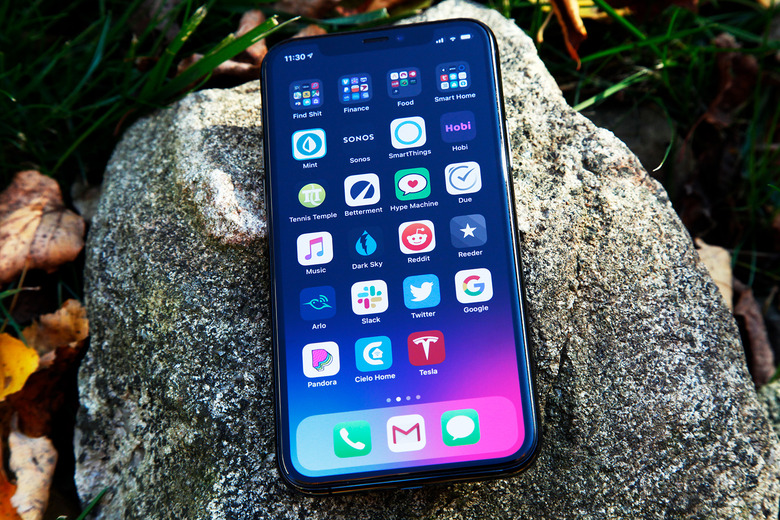Uh Oh: Top Apple Insider Says iPhone 12 Will Be The Last Model With A Lightning Port
Every few years, Apple makes a few massive changes to the iPhone that consumers don't necessarily appreciate. The Lightning port replaced the 30-pin connector on the iPhone 5, and a few years later the iPhone 7 killed the 3.5mm headphone jack. The iPhone X's arrival the following year marked the end of fingerprint sensors on iPhones, which were replaced with more sophisticated technology, the 3D face recognition system known as Face ID. Now, following earlier rumors that said Apple has been considering removing the Lightning connector from the iPhone, a new report from a trusted insider says that the first iPhone without the port might hit stores even sooner than we expected.
Well-known analyst Ming-Chi Kuo released an iPhone presentation to investors that contains a slide showing Apple's purported plans for the 2020 and the 2021 iPhone lineups (via MacRumors).

Apple will release five iPhone models next year, including the rumored iPhone SE successor, a 4.7-inch device featuring an LCD display, Touch ID support, and a single-lens camera. The other four models are all iPhones with OLED screens and notch designs that can accommodate Face ID components. These are likely iPhone 12 devices, featuring three different screen sizes, including 5.4-inch, 6.1-inch, and 6.7-inch, 5G support, as well as dual-lens and quad-lens cameras (that's three regular lenses and a 3D sensor on the back).
More interestingly, the slide includes details about two types of 2021 iPhones. Apple apparently plans to release an iPhone SE2 Plus in 2021, featuring either a 5.5-inch or 6.1-inch display. That model will feature an all-screen display complete with an in-screen fingerprint sensor:
Apple will launch the iPhone SE2 Plus in 1H21. We predict that the display size will be 5.5 or 6.1-inch. This model will adopt a full-screen design. The notch area will be smaller because of no Face ID support. The Touch ID will be integrated with the power button, which is located on the side.
The "highest-end model," which we'll call iPhone 13 going forward, will come without a Lightning port.
If accurate, Apple has two ways of making that happen. The first one involves replacing Lightning with USB-C, something Apple already did on the 2018 iPad Pros. This would be a great move, as Apple would make it even easier for iPhone 13 owners to handle charging cables and dongles. The move would also allow Apple to offer faster battery charging speeds.
The even more courageous approach would be to just seal the iPhone completely and remove the only port that iPhones have right now. In such a case, Apple would have to ensure that the iPhone 13 can support fast wireless charging as well as fast wireless data transfers. Phones of the future will likely come without ports or buttons, and we've already seen such concepts in early 2019. Kuo is confident Apple will have the technology in place to launch such a device as soon as 2021:
Apple will create more differentiation between the highest-end and high-end models. It will benefit the shipment of the highest-end model and iPhone ASP. Among new 2H21 iPhone models, we expect that the highest-end model would cancel the [Lightning] port and provide the completely wireless experience.
